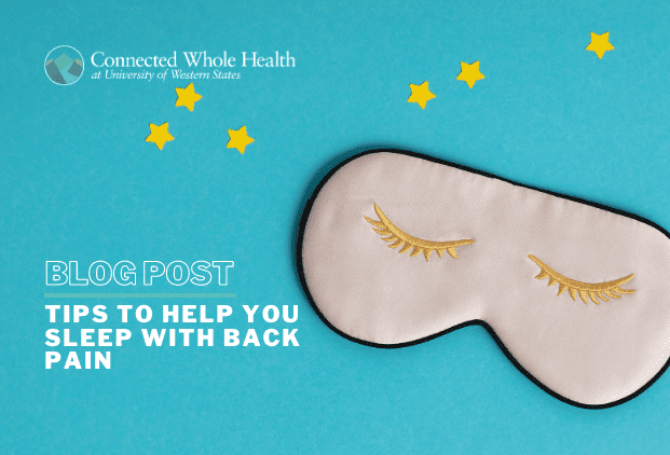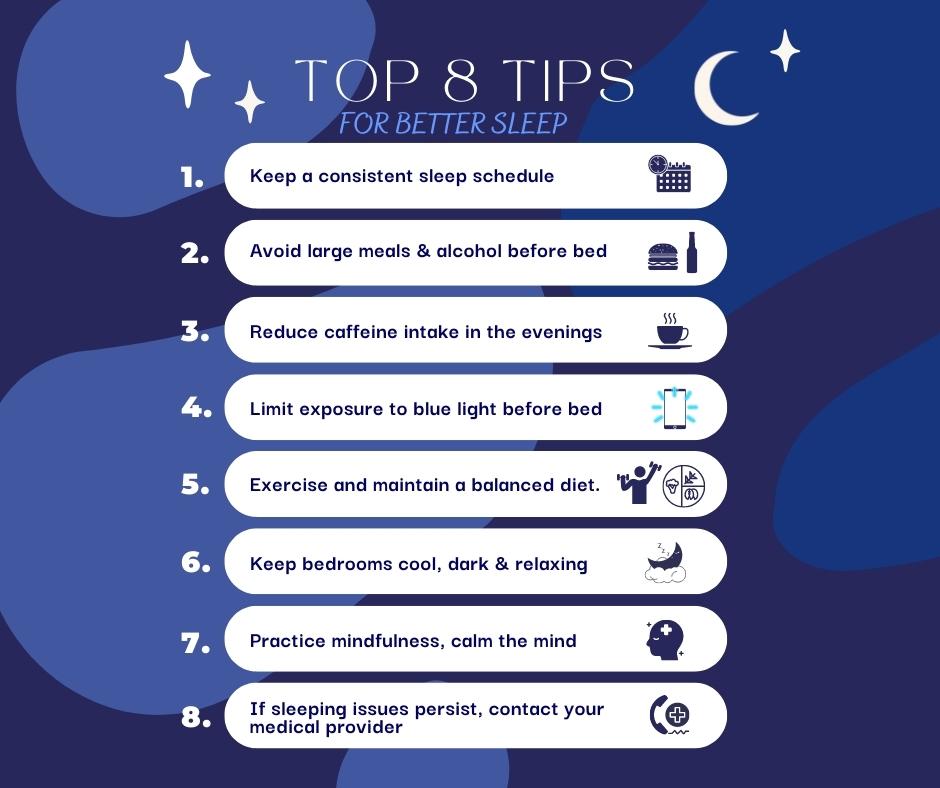
April 13, 2023
There is ample evidence that suggests that sleep and pain are related. Lower back pain can impair your sleep, just like other everyday activities. Research suggests poor sleep reliably predicts new incidents and flare-ups of chronic pain. Some sleeping positions, like sleeping on your stomach, place additional stress on your injured back. Try to support the natural curves of your spine in the “neutral” natural position. Ensure your head, shoulders, and hips are aligned and supported. Sleeping on your side or back can help you to achieve this.
The Sleep Foundation offers the following recommendations; The best sleeping position for Lower Back Pain (LBP) is on your side with a partial knee bend. Keeping the knees bent helps balance the body and reduces pressure on the lumbar spine. Many people find putting a small pillow between their knees helpful to make this position more comfortable. Usually, one side is more comfortable than the other side.
Back sleepers can also put a pillow under their knees, legs, and/or lower back to support the spine’s natural curve and minimize lumbar pressure. Stomach sleepers ☹should try to use a flat pillow to decrease the bending of the neck. Some people with back pain use an adjustable bed that makes it easy to raise the upper or lower part of the mattress to decrease tension in the lower back.
Do you want help so you can sleep better with back pain? Make an appointment, get some help, and see the friendly doctors at Connected Whole Health!

✒️ Chief Editor: Dr. Bill Moreau | DC, DACBSP, FACSM | Chief Medical Officer
